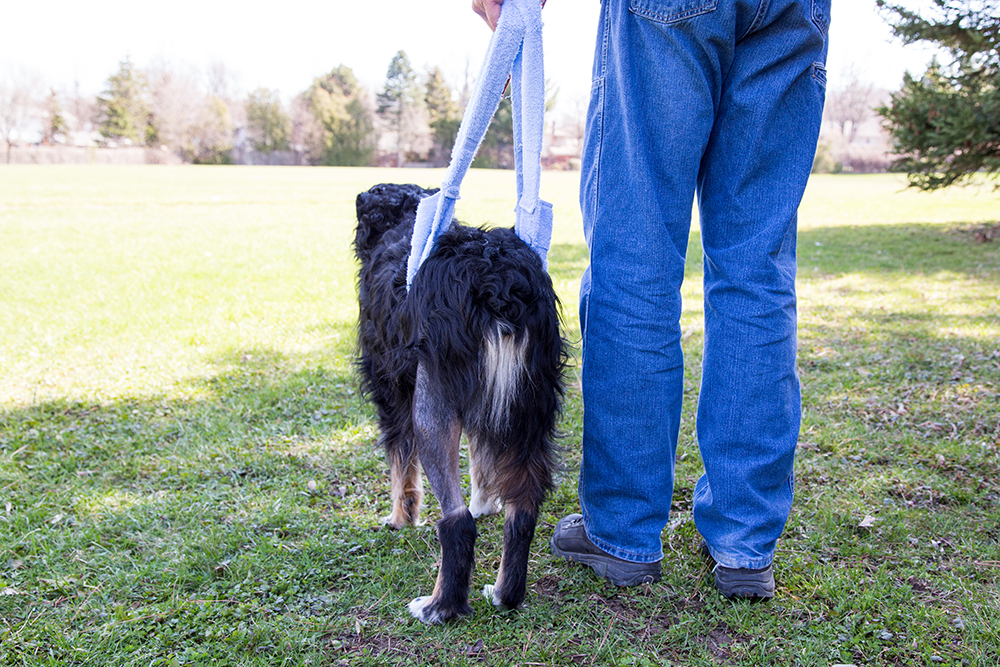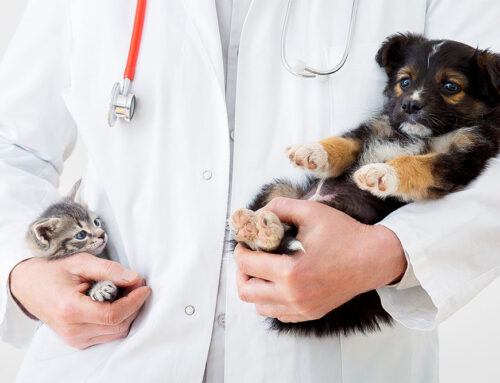Understanding Limping in Pets: Causes, Diagnostics, and Your Next Steps
At the Veterinary Medical Center of Indian River County in Vero Beach, Florida, limping is one of the most common reasons families reach out for help. Limping is never just about a sore paw; it can signal a range of issues, from simple strains to more complex joint, bone, or nerve problems. Knowing what to look for and when to act can protect your pet’s comfort, mobility, and long-term quality of life.
And when questions arise outside regular hours, rest assured that 24/7, 365 care is available through our emergency services. Whether it’s midnight swelling or a weekend stumble, experienced veterinary support is always just a call away.
What Exactly Is Lameness?
Lameness, or limping, is any abnormality in how a pet stands or moves. It may appear suddenly or creep in gradually over weeks or months. Limping can affect any limb, appear intermittently, or be constant. Small signs like avoiding stairs, lagging on walks, or hesitating to jump can point to pain that needs attention. Understanding this early warning can be a lifesaver. Even subtle signs deserve a closer look.
Common Reasons Pets Limp
There is no single cause for lameness. Each pet, breed, and age group brings different risks. Here’s what every pet owner should know:
1. Trauma and Injuries
Sprains, strains, fractures, and dislocations often result from rough play, jumping, or unexpected slips. While a mild sprain may heal with rest, more severe injuries need immediate care. Sudden, severe pain or visible deformity should be addressed at once.
2. Cruciate Ligament Tears
One of the most common orthopedic injuries in dogs is the cranial cruciate ligament tear. This injury can happen suddenly and often causes limping in a back leg. Left untreated, it leads to joint instability and arthritis. Colorado State University offers more detail on how these injuries develop and treatment options. In many cases, surgical intervention through a trusted facility like ours is recommended. Learn more about our available surgical services.
3. Hip Dysplasia
Hip dysplasia is an inherited condition where the hip joint doesn’t develop properly. Larger breeds are more likely to struggle with this. Over time, it causes arthritis and significant pain. For severe cases, surgery may be recommended. Explore surgical options for hip dysplasia for more learning.
4. Arthritis and Degenerative Joint Disease
Arthritis can cause a limp that worsens over time, particularly in senior pets. The Mobility Matters guide is an excellent resource for managing arthritis in both dogs and cats.
5. Luxating Patella
When the kneecap moves out of its normal groove, it causes discomfort and sometimes an obvious skip in the step. Small breeds like Pomeranians and Yorkies are especially prone. For grading and treatment, Cornell’s resource is a helpful overview.
6. Foreign Bodies
Grass awns, thorns, and foxtails can wedge between toes or puncture pads, leading to limping and infection. UC Davis explains how quickly these hazards can burrow deeper if not removed.
7. Nail Injuries
Split, torn, or ingrown nails can be more painful than they look. Sudden limping after rough outdoor play may point to a cracked nail. This guide on nail injuries explains what to do next.
8. Neurological Conditions
Spinal cord issues, nerve injuries, or degenerative myelopathy can mimic joint pain but stem from the nervous system. Symptoms may include dragging toes, crossing limbs, or sudden weakness. Advanced imaging is often needed to pinpoint the problem. Learn more about MRI or CT scans.
Recognizing Subtle Pain Signs
Pets rarely whine when in pain. Instead, they compensate. Some subtle signs include:
- Head bobbing or uneven stride
- Excessive licking at a paw or limb
- Stiffness after waking up
- Avoiding play or jumping on furniture
Read up on Common Pet Pain Signs to learn to spot the clues that shouldn’t be ignored.
How Diagnostics Make a Difference
Pinpointing the exact cause of limping is critical. At the Veterinary Medical Center of Indian River County, advanced diagnostic capabilities help uncover the root of the problem quickly and accurately- whether during a routine visit or a 2 a.m. emergency.
Here are some tools that help:
| Diagnostic Tool | What It Helps Detect |
| X-rays | Fractures, arthritis, tumors, hip dysplasia |
| Ultrasound | Soft tissue injuries, joint effusions |
| MRI | Neurological conditions, disc disease |
| CT Scan | Complex bone injuries, joint structures |
| Joint Tap | Identifies infections, immune disease |
References like the Small Animal X-ray, Ultrasound, and MRI guides provide more insight into these imaging tools.
When Is Limping an Emergency?
While mild limping may resolve with rest, urgent care is needed if your pet shows:
- Severe swelling or a limb held off the ground
- Uncontrolled bleeding
- Sudden inability to walk
- Obvious broken bone
- Dragging limbs or loss of coordination
- Yelping, chewing on a limb, or showing signs of severe pain
Our emergency services operate 24/7, 365 days a year- because injuries don’t follow business hours.
Home Care and Prevention
When your pet is recovering, your role matters. Rest, weight management, and gentle exercise are all part of long-term joint health. For active dogs, warm-ups and cooldowns reduce injury risk.
Checklist for support at home:
- Provide non-slip rugs on slick floors
- Use ramps for furniture or cars
- Limit high-impact play during recovery
- Maintain a healthy weight

FAQs: Limping Questions Answered
Can a limp heal on its own?
Minor strains sometimes do, but persistent limping should always be checked.
What if my pet limps off and on?
Intermittent limping can signal joint instability, like a luxating patella or ligament tear.
Will rest alone fix a cruciate tear?
Likely not. Ligament tears often require surgical repair to restore stability.
When should I see a vet?
If limping lasts more than 24 hours, worsens, or is paired with other pain signs, book an exam.
Getting Your Pet Back on Their Feet
A limp may seem small, but it can be a window into a larger issue. Early diagnosis and proactive care can help your pet avoid chronic pain or costly surgery later. At Veterinary Medical Center of Indian River County, our commitment to 24/7, 365 care means help is always within reach- day or night.
Have questions or need a same-day evaluation? Request an appointment to take the next step in restoring your pet’s mobility and comfort.







Leave A Comment